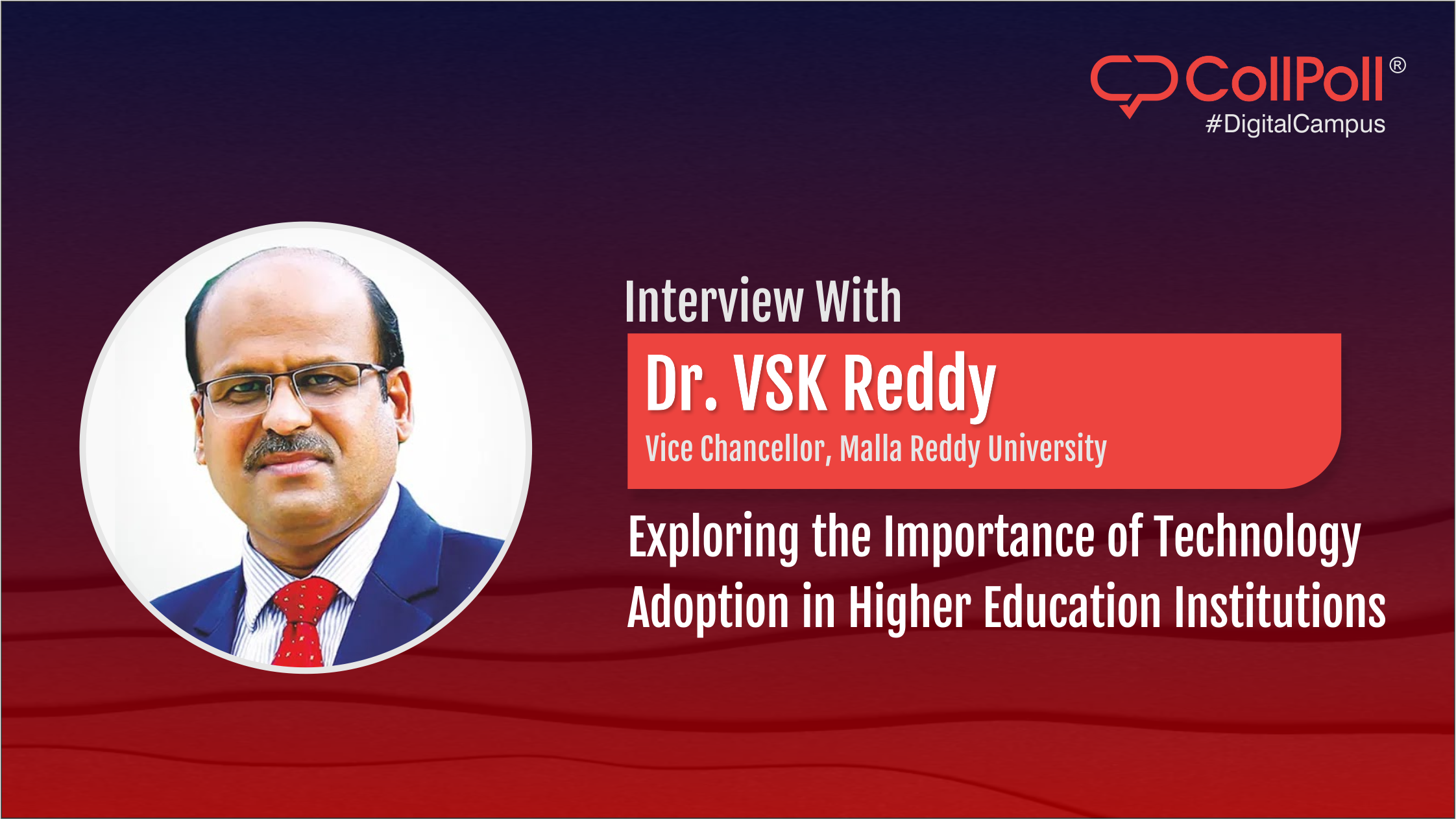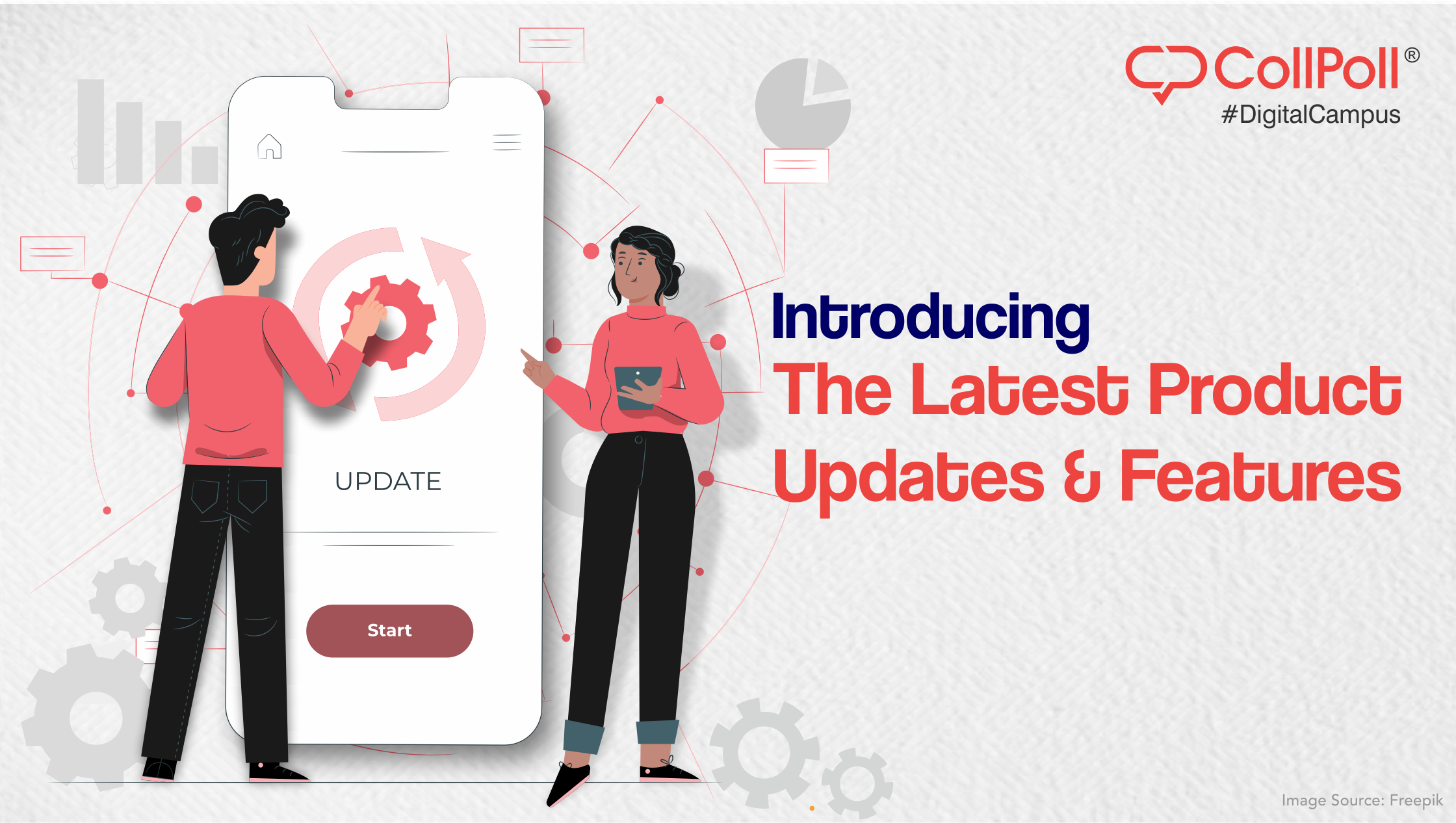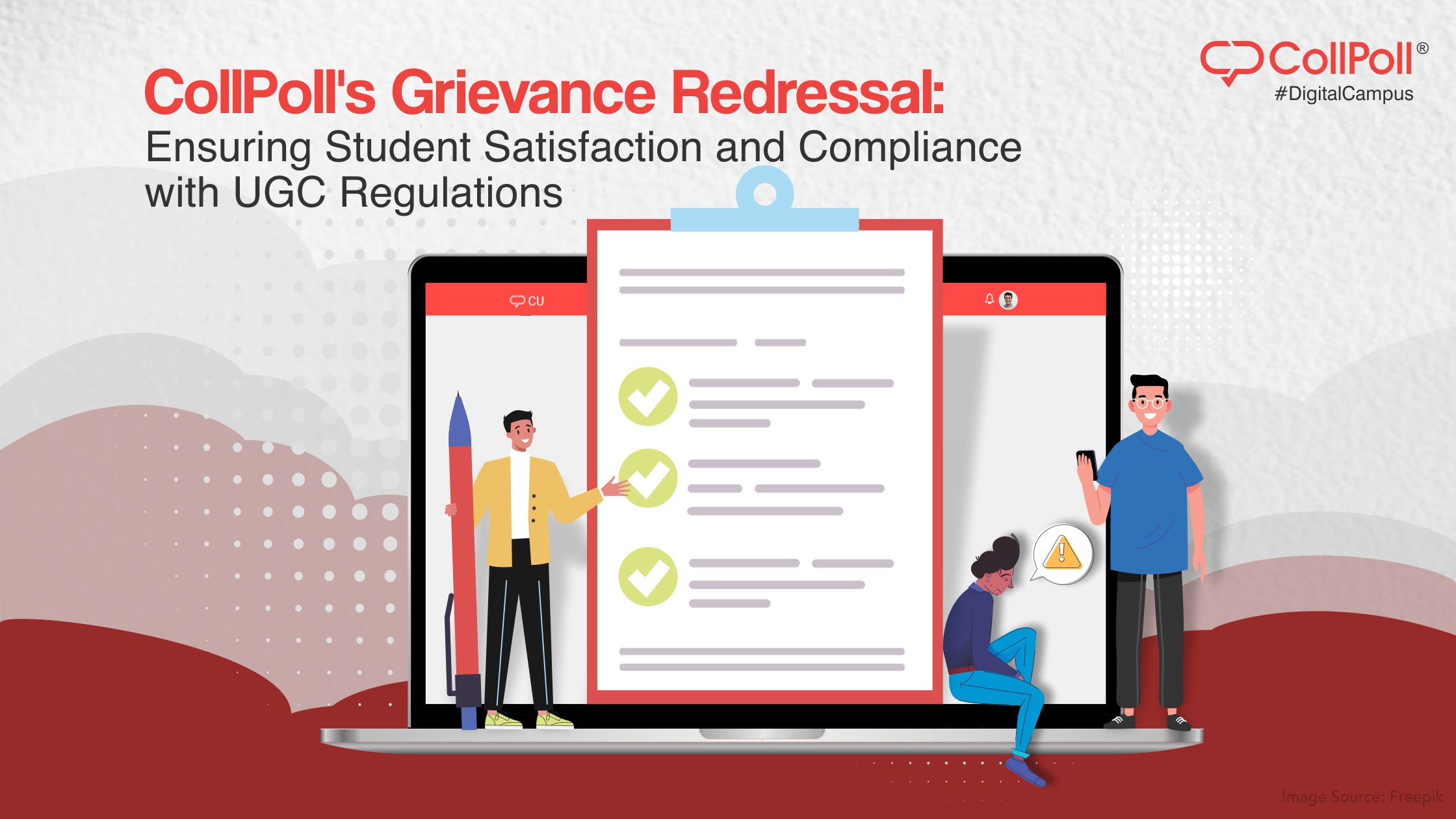It’s been over two months at CollPoll, and I thought it’s time to share some of my initial thoughts on the EduTech SaaS space. Having spent close to 6 years in the pharma/healthcare space, I am seeing one similarity that is becoming very apparent – the pace at which technology is being adopted to drive respective transformations.
It feels great to be back in the education space, after almost 20 years, since completing my bachelor’s degree. But now, obviously, at CollPoll, I am looking at education from a totally different lens – that of a SaaS platform provider, trying to reimagine higher education (HE) and help institutions efficiently adopt digital transformation. There are a few things that have changed in these years, some are getting changed as we speak, and surely many others will undergo a change in the next 5 to 10 years.
Higher Education Ecosystem in India
There are several players in the SLCM (Student Life Cycle Management) space, spanning admission management to finance to academics to learning and examinations to alumni engagement. It is a fragmented space, with each player focusing on solving one particular problem in the lifecycle. There are also many regional players who offer traditional ERPs built specifically for their local environments. Hence, there is a clear need for an all-in-one SaaS platform with a focus on providing an end-to-end unified solution for institutions, automating their business processes, simplifying operations and eventually improving the overall experience. CollPoll is building this Operating System (OS) for educational institutions and is leading this space with many reputed institutions using it already.
Role of Technology
With the market being increasingly fragmented, institutions would prefer an end-to-end solution (OS) that provides unified experience, improved efficiency, reduced costs and increased visibility into operations data. The expectation from this software is to provide maximum support for campus day-to-day operations while integrating in a seamless manner with popular tools wherever an out of the box capability isn’t available. This will result in the best of both worlds. At CollPoll, while the platform provides many campus automation features out of the box, we have also made it a point to not reinvent the wheel, by integrating with popular tools – Google Meet and Zoom for online classes, Turnitin for plagiarism check, Tally for accounting, CRMs for lead management and more. This in its true sense is like an Operating System running on a computer that provides the underlying capability to simplify user experience and improve productivity by running its own set of software and enabling third-party software to be installed, run and managed seamlessly.
Pandemic and Acceleration of Technology Adoption
India was substantially impacted by the pandemic, disrupting access to education across the country. While the pandemic has been one of the worst faced by the human race, on the flip side, it pushed us to the brink and forced us to look at alternatives to stay connected and to continue collaborating and learning. The pandemic in fact accelerated the adoption of digital technologies by at least 5 years. The outcome is the increased use of technology to rethink how we deliver education at scale in cost-effective ways. As we speak classes are being taken, fees paid, examinations and assessments conducted, certificates issued – all online.
NEP 2020 Reinforces the Importance of Technology
NEP 2020 attempts to establish a holistic and multidisciplinary educational system in the country, rooted in Indian ethos, towards a vibrant knowledge society. The outcome, when implemented well, would be the development of an enlightened, socially conscious, knowledgeable and skilled nation that can solve its problems on its own, connecting in a big way to the Atmanirbhar Bharat vision. Of particular interest in the policy are – technology in education (NETF), regulatory body (HECI) and promotion of Indian languages, emphasizing modernity, compliance and inclusion respectively. Karnataka became the first state to issue an order for NEP implementation, and more states are expected to follow suit.
Future Outlook – Challenges, Prospects and Possibilities
Does it mean that online education is going to replace the traditional one? Physical education among other benefits provides involvement to the students and enlivens the learning process. It is highly unlikely that online education will replace the traditional ones, but instead, it will play a complementary role. Blended learning aims to provide a balance between physical and online learning. Even this is not without challenges – among others, the internet/ device penetration and lack of technical knowledge among faculties.
On the brighter side, the higher education sector in India is bound to grow rapidly as we have one of the youngest populations in the world. In addition, we also have extremely affordable mobile data plans. Add the Government’s initiatives and a vibrant startup ecosystem to the mix, and we’re looking at a very exciting future.
Possibilities are endless – creating compelling content, making secure payments, personalized learning, fool-proofing online examinations, predicting outcomes and many more. Technology makes all these possible and will be a key enabler in improving the overall efficiency and quality of education.
Stay tuned for more updates, opinions and views.
This blog is penned down by Mr Sabari Girish, Chief Technology Officer (CTO), CollPoll. Feel free to reach out to him on mail or LinkedIn for more discussion around thoughts and opinions put down in this blog.





